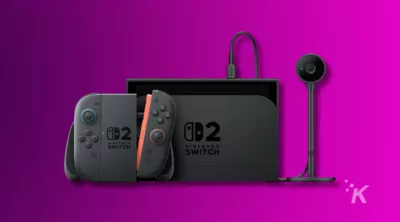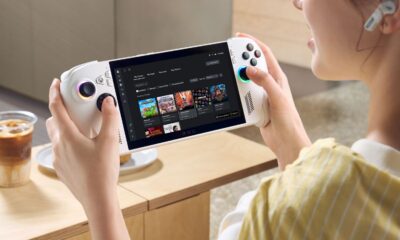Just a heads up, if you buy something through our links, we may get a small share of the sale. It’s one of the ways we keep the lights on here. Click here for more.
Nintendo’s Wii U system held a lot of promise after the wildly successful Nintendo Wii ran its course. Consumers were excited about motion tracking games but wanted something that they could dock and enjoy. Technology has always been improving as research develops, and Nintendo tried to keep up. Unfortunately, with the fatal combination of poor marketing, an inconsistent flow of game releases, and horrible third-party support, the Wii U fell. Nintendo noticed this, marked down the system’s flaws and strengths, and went to the drawing board.
It was pretty early in the Wii U’s console cycle that people saw how the Wii U was disappointing. There were successful games on the console, but overall the system was lacking. The Wii U was in an awkward place between portability and docked-play. You could take your Wii U tablet and play on the go, but not further than the next room or two over. Tablet play was laggy and dropped frame rates with certain games, but developers did not issue patches to fix the issues.
If you look at the two consoles, you can see the similarities. The Switch still has the dock feature but on a much dominant scale. The power within the tablet is in part to Nvidia’s Tegra XI processor, also found in 2017 Nvidia Shield products. You can also note how the JoyCons are similar to the Wii and Wii U’s wireless remotes. The technology and design put into the JoyCons make gaming more natural, and response times faster. Instead of the wireless remotes sitting aside by themselves, Nintendo decided to “attach” them to the side. Having the JoyCon’s run off the Switch Tablet eliminates controllers sitting by themselves, syncing issues, and batteries.
Nintendo’s decision to put the motion tracking in the controllers instead of a tracking bar was a great move. They noticed that Wii and Wii U users were not moving their bodies and lower extremities, as games were working off hand motions and not full body motions. With Microsoft’s Kinect dying out along with the rush of virtual reality dying down, Nintendo capitalized on what was theirs. With the Switch you don’t need an entire room, you can work off of 2 feet by 2 feet area.
Nintendo wanted to take what was good with the Wii U like portability, motion-based games, and off-the-wall ideas and got rid of the bad. It has almost been a year since the Switch has launched and we have seen a steady flow of first and third party games, increased player support, constant system updates, and tons more. Nintendo has listened to their fans and gave them what they wanted, and I think that is what has made the Switch successful so far.
Whats your opinion on all this? Let us know what you’re thinking in the comments below!
































